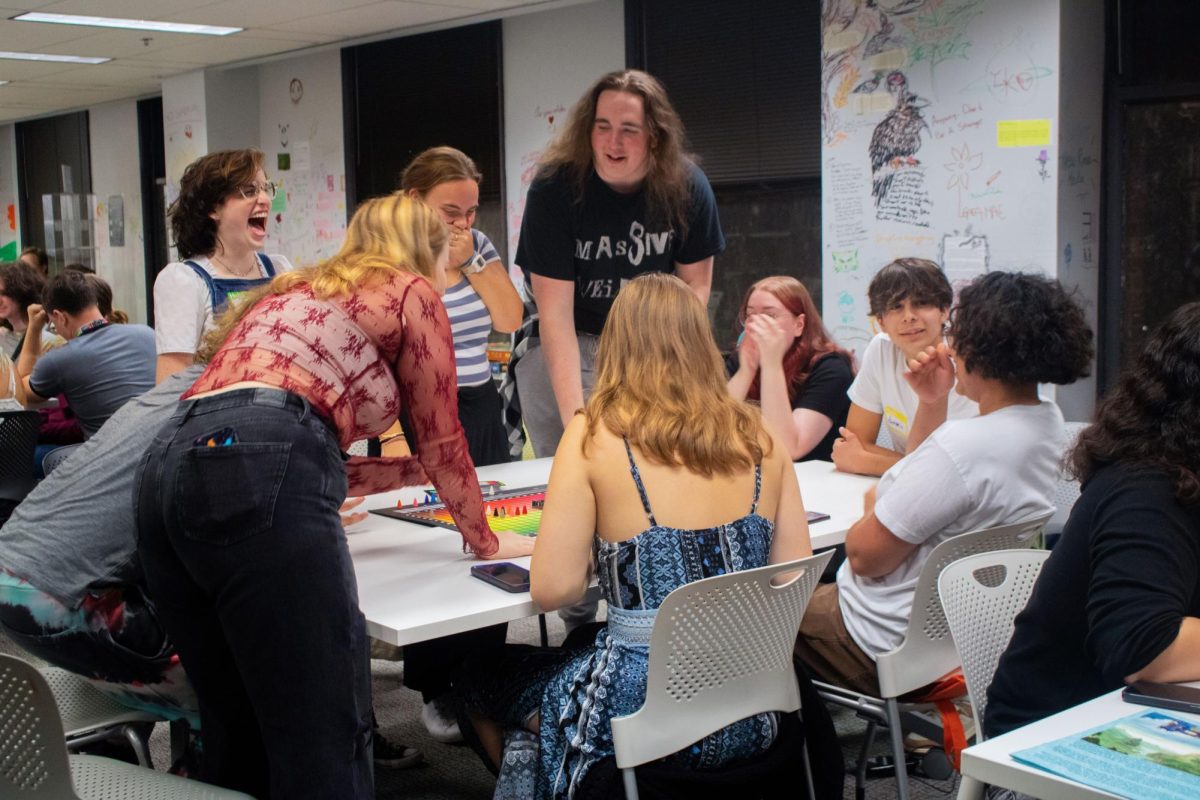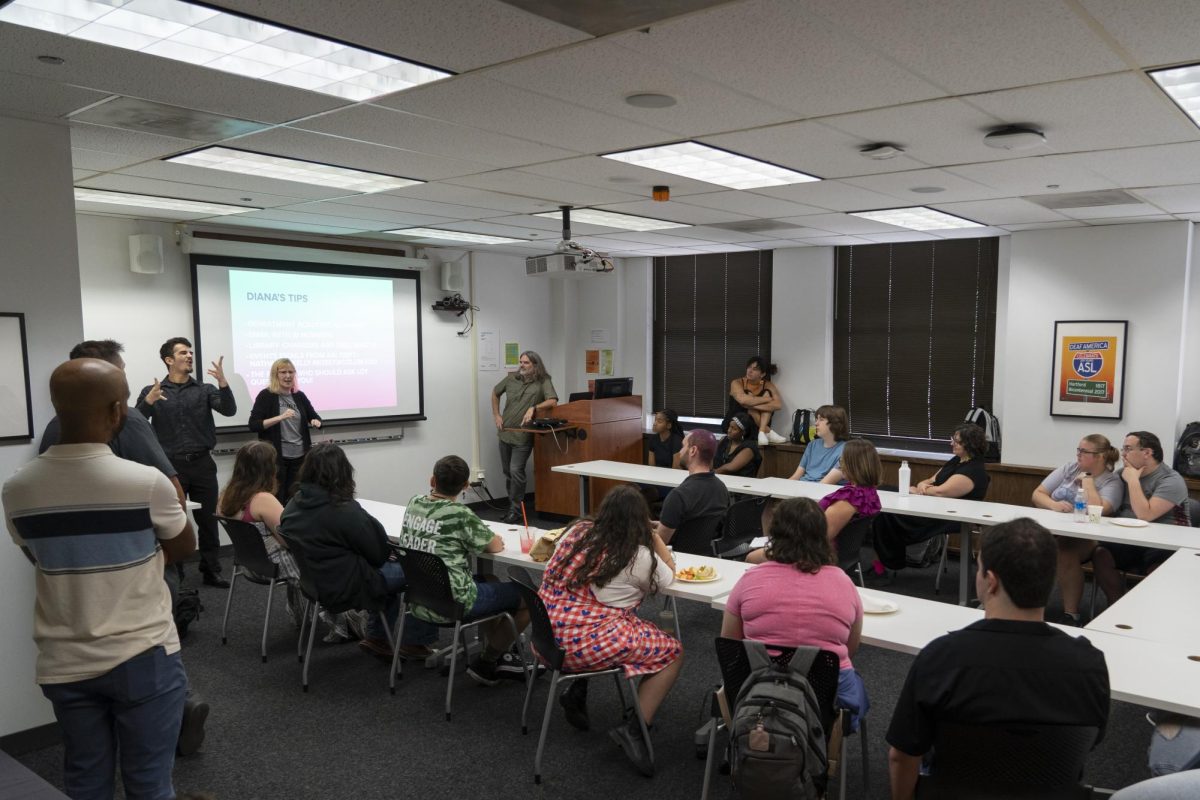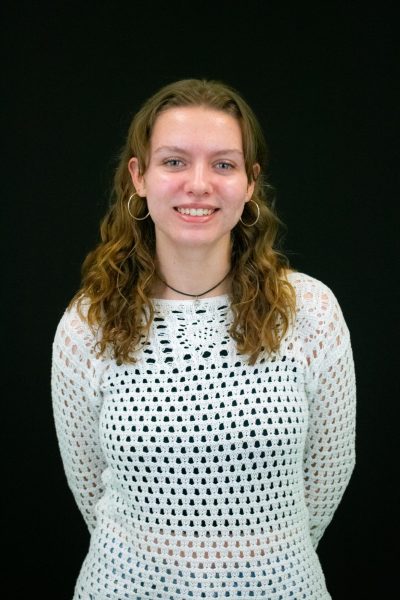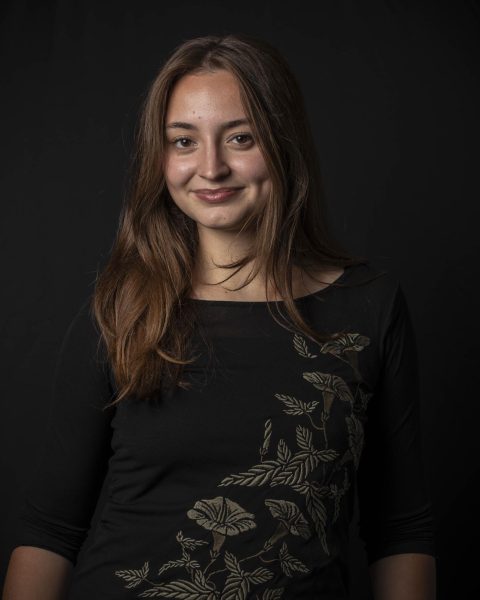Columbia is creating a new center for student services in the 33 E. Ida B. Wells building, combining the tutoring and advising centers and the Student Persistence office on the first floor near the Wabash Street entrance.
The office of Student Persistence and Academic Advising will move from 623 S. Wabash, where they are currently located. The Academic Center for Tutoring already occupies the space.
The new center will include the space occupied by the former Apple store along Wabash, which closed before the pandemic, and a classroom located behind the tutoring center.
It is tentatively scheduled to open in Fall 2025.
“We’re excited about it, because it really is a decision that’s being made to improve the student experience,” said Brian Marth, associate provost for Academic Services.
Rachel Horton, director of Student Persistence, said the goal of centralizing these resources is to reduce the student “runaround” of tracking down help.
The Student Persistence office issues academic alerts, helps students with academic compliance and includes the Scholars Project, created in 2021, a resource to better support the success of first-generation students and students identifying as Black, Indigenous, or of color.
“With everything going on at the school, we’re looking at ‘what is the best way to support our students, and what changes could we make?’” Marth said.
Marth said his primary concern is with students changing majors or declaring minors finding convenient assistance.
The Advising Center lost five advisors in the past year, including two who were laid off this summer, as the Chronicle previously reported. Marth said the new center will be a place to offer support for students looking for help if there is any confusion resulting from the changes at the college.
“You don’t want that student to feel like ‘where do I go?’,” he said. “There will be the possibility of us on the first floor, being a safe place where you can go, and we can help you navigate that process. We’re hoping to make it more convenient and better for students.”
The center would be an additional resource, along with the Student Information Desk, located at the Student Center, which similarly offers resources to students with general questions about Columbia.
Marth said the new service center in the 33 building would assist students with general advising.
Students will get advice about their majors from their departments, which will now be called “schools” to be headed by directors.
Horton said in addition to the academic support offered by the tutoring center, bringing the services of her office to the space will help students feel supported and welcome to receive different kinds of help and direction.
“Columbia has never quite figured out a homey space, where students can ask in-depth questions of a full-time person,” she said. “But also have a lounge space, and an atmosphere where they can come and relax.”
Locating assistance can be particularly difficult for students new to Columbia and new to Chicago, something Manuela Lopes empathizes with. After the sophomore music major from São Paulo, Brazil found the floors, addresses, and distances between buildings to be a hard adjustment, she said she looks forward to the centralization in the 33 building.
“Especially when it comes to freshmen,” she said, “it’s really confusing to get here and be like ‘which building do I go to?’ If things that are related are moving to one space, that’s way more convenient. I just hope they can organize that in a way that the functions of each thing don’t interfere [with] each other.”
Horton also feels optimistic towards the change, as she finds it “purely beneficial” for the progress of students and staff in her office.
“I don’t think it’s going to take anything away,” Horton said. “Nothing’s getting cut because we’re moving. In fact, the grant was proposed way before the layoffs were announced or anything. I know the timing looks weird, because we’re now moving forward after the layoffs, but all of this was planned way in advance.”
Marth acknowledged that though this does not eliminate students being referred to different offices, the obstacles of getting the answers students need is expected to be reduced once it takes place.
“You’re never going to have a one-stop-idea, that you wouldn’t make a referral to another space,” he said. “But we can try, so when you’re walking past that first floor, it’ll be obvious that this is the place where [you] can get the general support, and I know this is kind of a touch down if I don’t know where to go.”
Copy edited by Trinity Balboa










